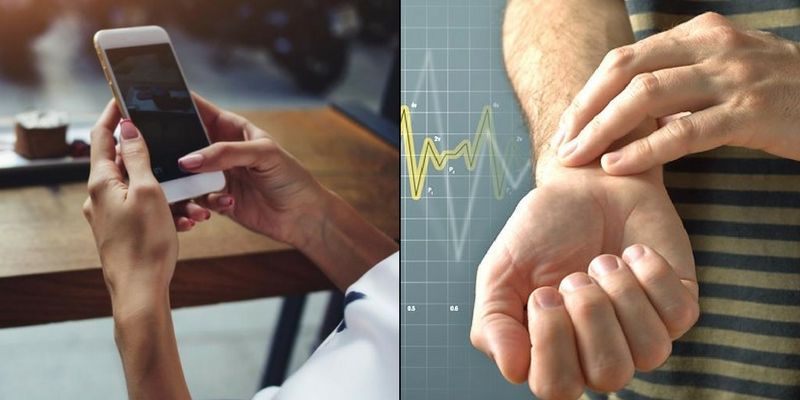Say goodbye to ultrasounds: this app will discover heart disease in no time
Want to know how healthy your heart is? Now there is an app for that. Researchers have shown that the camera on your smartphone can noninvasively provide detailed information about your heart's health.
With this app, what used to require a 45-minute scan from an ultrasound machine can now be accomplished by simply holding your phone up to your neck for a minute or two, according to a study published in the Journal of Critical Care Medicine.

The team has developed a technique that can infer the left ventricular ejection fraction (LVEF) of the heart by measuring the amount that the carotid artery displaces the skin of the neck as blood pumps through it. LVEF is most commonly measured using an ultrasound machine during a procedure known as echocardiography.
Echocardiography, however, requires a trained technician, an expensive ultrasound machine, and up to 45 minutes of a patient's time.
"What is exciting about this study is that it shows our technique is as accurate as echocardiography at estimating LVEF when both are compared to the gold standard of cardiac MRI," said senior author Mory Gharib, Professor at California Institute of Technology (Caltech).
"This has the potential to revolutionise how doctors and patients can screen for and monitor heart disease both in the US and the developing world," Gharib said.
LVEF represents the amount of blood in the heart that is pumped out with each beat. In a normal heart, this LVEF ranges from 50 to 70 percent. When the heart is weaker, less of the total amount of blood in the heart is pumped out with each beat, and the LVEF value is lower.
LVEF is a key measure of heart health, one upon which physicians base diagnostic and therapeutic decisions. To test the app, clinical trials were conducted with 72 volunteers between the ages of 20 and 92 at an outpatient magnetic resonance imaging (MRI) facility.
MRI is the gold standard in measuring LVEF but is seldom used clinically due to its high cost and limited availability. To measure LVEF using the technique developed at Caltech, doctors simply held iPhones against the volunteers' necks for one to two minutes.
Afterwards, the volunteers immediately received an MRI examination, and data from both tests were compared. The measurements made by smartphone had a margin of error of around 19 percent compared with those done in an MRI.
By way of comparison, the margin of error for echocardiography is around 20 percent.
The app works because the walls of arteries are almost completely elastic — they expand and contract with each beat of the heart. That expanding and contracting can be measured and described as a waveform that encodes information about the heart.
The team used an iPhone 5, but any smartphone with a camera would work, the study said.
Read more:
This colourful ‘Smart Bangle’ delivers pregnancy tips to women and requires no charging
This doctor couple quit their corporate jobs to help rural India fight congenital heart disease
With inputs from IANS.
Do you have an interesting story to share? Please write to us at [email protected]. To stay updated with more positive news, please connect with us on Facebook and Twitter.











